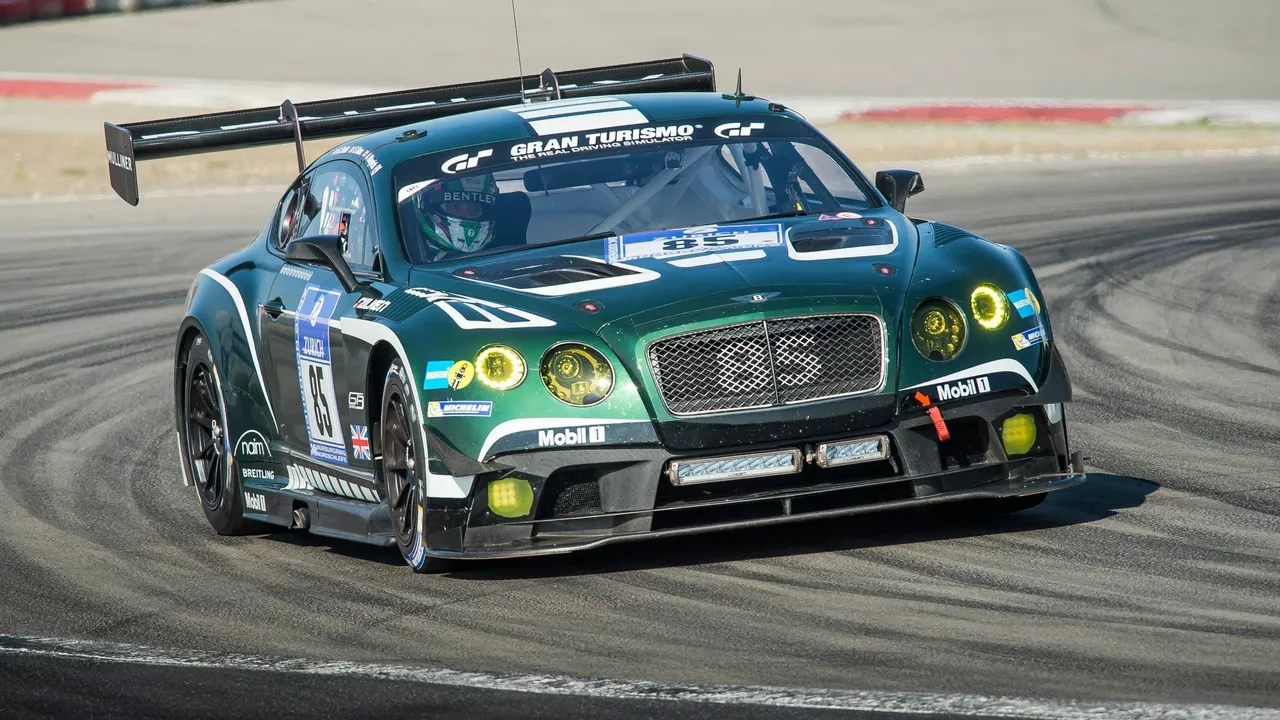Car Races
When talking about Car Races, a competitive sport where vehicles race on circuits, ovals, or streets to finish first. Also known as auto racing, it brings together engineers, drivers, and fans who crave speed and strategy. Car races aren’t just about who crosses the line first; they’re a blend of technology, skill, and raw adrenaline that fuels a global community.
One big split in the scene is between endurance machines and sprint‑style open‑wheelers. LMP1 cars, prototype racers built for 24‑hour events like Le Mans focus on durability, hybrid power, and aerodynamic efficiency. In contrast, IndyCars, lightweight, high‑downforce open‑wheel racers designed for oval and road courses prioritize cornering speed and quick pit stops. The central topic of car races therefore encompasses both endurance durability and sprint agility, showing how different engineering goals shape on‑track performance.
Drag racing adds another flavor, concentrating all power into a straight‑line sprint. Drag racing, a competition where cars race over a quarter‑mile strip strips the sport down to pure acceleration and reaction time. This format emphasizes engine tuning, traction control, and the psychology of a perfect launch. While drag events lack the complex cornering of circuit racing, they highlight how raw horsepower can dominate a short burst, influencing how manufacturers develop high‑performance road cars.
Motorcycle racing brings a different risk profile to the mix. Motorcycle racing, high‑speed competitions on two‑wheeled machines tests rider balance, reflexes, and bravery. The sport’s danger level is higher because riders are exposed, and injuries can be severe. Safety gear, track design, and emergency response are crucial, but the thrill of leaning into a corner at 200 km/h keeps fans hooked. This shows that car races aren’t limited to four‑wheelers; the underlying chase for speed unites all motor sport disciplines.
Qualification rules illustrate how car races reward different skill sets. Take the Indy 500, where Indy 500 qualification, the process of setting the fastest single‑lap speed to earn a grid spot focuses solely on raw speed rather than cumulative time. The fastest 33 drivers line up, ensuring the race itself is a showcase of top‑end speed. This method contrasts with endurance events that may factor consistency and fuel strategy into qualifying, emphasizing that each racing format tailors its entry criteria to its core challenges.
For those dreaming of stepping behind the wheel, racing schools provide a practical pathway. The best value‑for‑money programs, such as Skip Barber and Jim Russell, combine classroom theory with on‑track drills, covering throttle control, braking techniques, and racecraft. These schools teach the fundamentals needed for any car race, whether you aim for a weekend club event or a professional series. Access to real circuits and experienced instructors bridges the gap between fan enthusiasm and driver competence, reinforcing the idea that education is a key pillar of the racing ecosystem.
Below you’ll find a curated collection of stories, analyses, and how‑tos that dive deeper into each of these facets. From LMP1 endurance battles to IndyCar qualifying thrills, from drag strip legends to safety tips for motorcycle racers, the articles ahead give you the details you need to feed your passion for car races.

